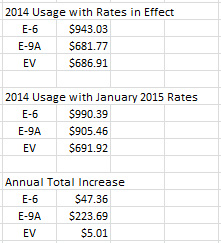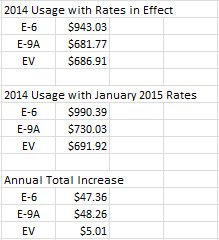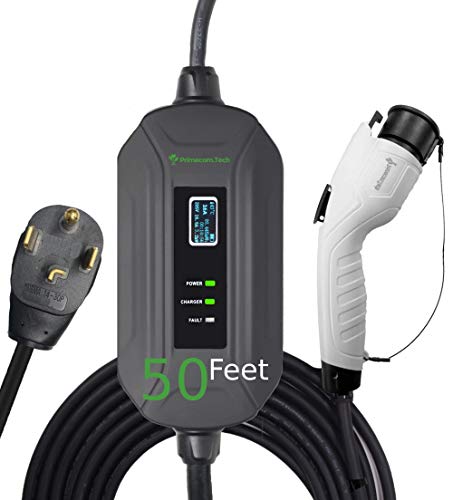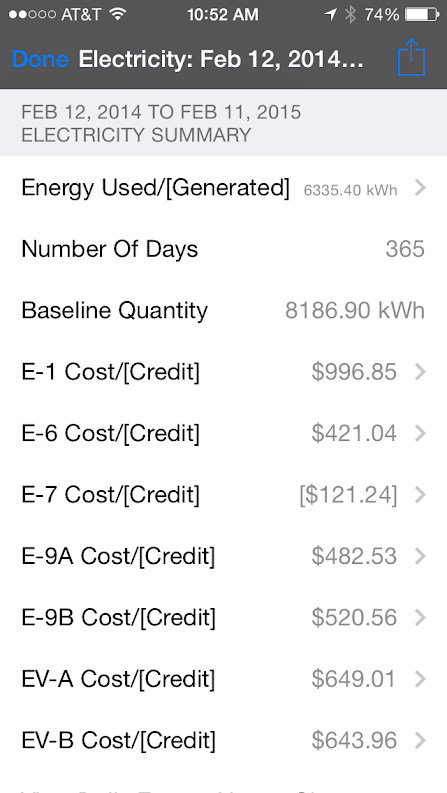miimura
Well-known member
I just reviewed the January PG&E rate increase and I must say PG&E is really trying to screw EV owners that have elected to stay on Schedule E-9. This is the "Experimental" rate schedule that was developed to encourage customers to charge their Electric Vehicles Off Peak. This rate plan has been closed to new customers since Schedule EV was introduced. The tariff has stated that customers would eventually be kicked off this rate plan around this time. It looks like they are getting some resistance to kicking people off, so they just cranked up the rates to encourage people to leave. Let me tell you, it looks like it will work. If you don't have solar, don't even think about it. Call PG&E and change to Schedule EV immediately.
Here is the problem.
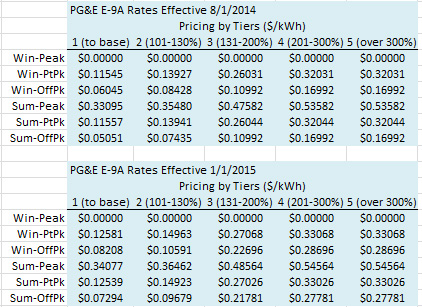
Let's look at Winter for a moment. You can see that they increased the Part Peak rates by about 1c/kWh across the board. No problem, they do that all the time. The problem is the Off-Peak rates. They increased the Tier 1 and Tier 2 rates by about 2c/kWh, but they increased the Tier 3, 4, 5 rates by 12c/kWh. They more than doubled Tier 3 from 11c/kWh to 22.7c/kWh. Summer is similar, Off-Peak was increased more than 10c/kWh in Tier 3, 4, 5.
I calculated my January usage on E-9A and EV and this was the result.
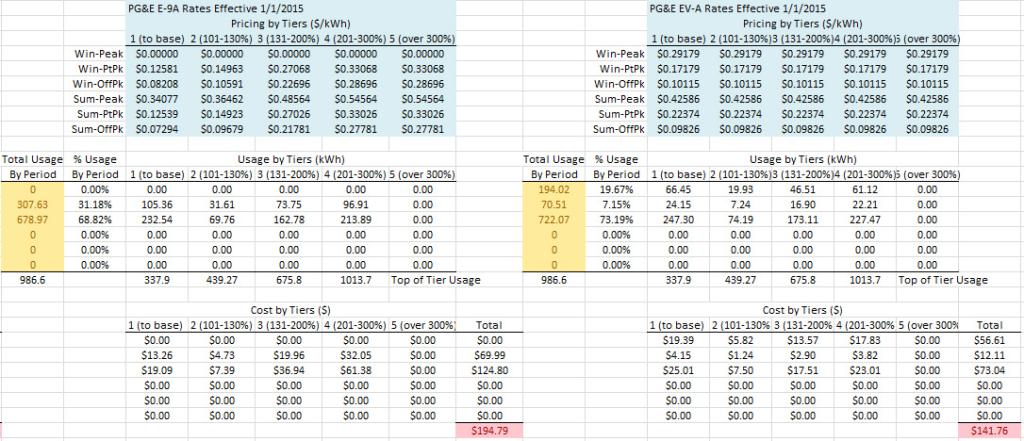
Since I have solar, I will be running a comparison of my full year 2014 usage at then-current rates and these new rates. I'm pretty sure I will be calling PG&E to change to Schedule EV.
Here is the problem.

Let's look at Winter for a moment. You can see that they increased the Part Peak rates by about 1c/kWh across the board. No problem, they do that all the time. The problem is the Off-Peak rates. They increased the Tier 1 and Tier 2 rates by about 2c/kWh, but they increased the Tier 3, 4, 5 rates by 12c/kWh. They more than doubled Tier 3 from 11c/kWh to 22.7c/kWh. Summer is similar, Off-Peak was increased more than 10c/kWh in Tier 3, 4, 5.
I calculated my January usage on E-9A and EV and this was the result.

Since I have solar, I will be running a comparison of my full year 2014 usage at then-current rates and these new rates. I'm pretty sure I will be calling PG&E to change to Schedule EV.




